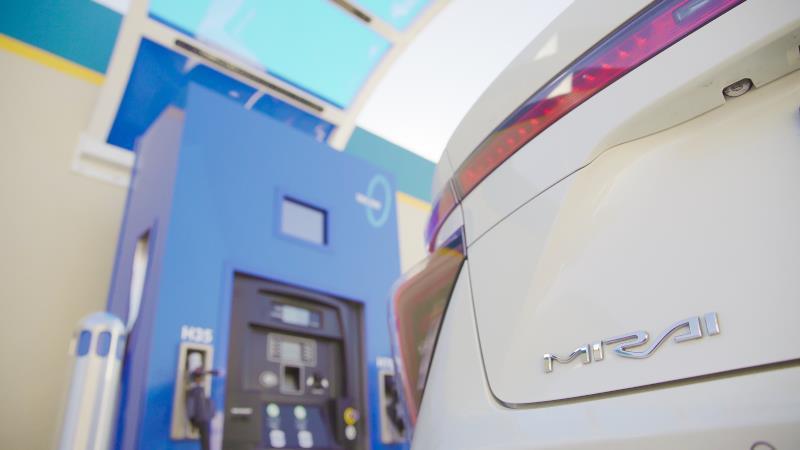
A rush of announcements on green hydrogen in the US highlights that the received wisdom, that blue hydrogen has the price advantage, does not tell the entire story.
“Gas is really expensive now on an international basis and there are headwinds on regulatory issues,” Black & Veatch’s associate vice president Jason Rowell said, director of the company’s new energy solutions portfolio.
Given the direction of the energy industry, there are significant questions around whether, on a 20-year basis, blue hydrogen facilities may become stranded assets.
“We’re seeing quite a few studies on blue hydrogen, but we don’t see nearly as many moving into front-end engineering and design (FEED) and beyond,” Rowell said.
“There will be some blue projects. But there’s so much more interest in companies planning for the future,” he continued. “There’s a huge market for gas now. Companies can just sell the gas.”
Price fluctuations in the commodity will slow investments into blue hydrogen, the Black & Veatch executive predicted. Should prices level out in the future, green is likely to have made more headway.
Most existing hydrogen production is ‘grey’, in that it comes from steam methane reforming. Retrofit this infrastructure with carbon capture and storage (CCS), Rowell said, and the grey hydrogen becomes blue.
The excitement around green hydrogen is seeing ambitions scale up. Two years ago, companies might propose 10 MW of green capacity. “Now it seems everyone wants 1 GW or more. The costs are still too high – but there is momentum behind reductions.”
Incentives
The “Build Back Better” bill was expected to play a major part in providing tax credits to support green hydrogen. The collapse of the bill was a blow, but there is still hope with various plans around alternative credits, both at a federal and state level.
Government incentives can play a key part in making the US competitive on a global scale. That said, a number of countries are working on large plans, most prominently the Middle East, Australia and Latin America. “Chile has an incredible resource,” Rowell said as one instance of a heavyweight competitor.
As the market develops, export options will grow – with ammonia likely to take centre stage. This may be of particular interest to large-scale LNG importers, such as Japan.
Refashioning an LNG terminal into an ammonia receiving terminal is fairly straightforward, Rowell said. Black & Veatch is working on studies for duel-use terminals, allowing importers to switch between LNG and ammonia.
“There’s an opportunity if LNG stays expensive. An offtake importing LNG for power generation would need to capture CO2 to cut emissions. It may be that importing ammonia, which may have a higher upfront cost, is competitive where there’s no CO2 capturing and export expense,” the associate VP said.
Costs
The biggest obstacle that green hydrogen faces is cost. Plans for more projects, and larger projects, will provide efficiencies of scale, in construction, engineering costs, buying power and equipment, Rowell predicted. The greatest scope for improvement is on electrolyser costs.
However, while efficiency will improve, demand for these is going to grow at an incredible rate. “I worry about how fast electrolyser prices will come down, if demand grows at the same rate as the supply. It may well be a good time to be in the electrolyser business.”
These account for 30-40% of costs, he said. Other costs, such as steel, will prove challenging to cut, Rowell said, given the maturity of these industries already.
While the attraction for green is improving, companies should still be aware of the obstacles.
One of the challenges that will require more thought is offtake.
Producing at small scales is easier. As projects have scaled up, though, more thought must go into where the resource will go. “Are you going into biofuels? Ammonia? Power? Blue hydrogen projects always start with the end in mind, green should follow suit.”
Recommended for you


 © Supplied by Black & Veatch
© Supplied by Black & Veatch